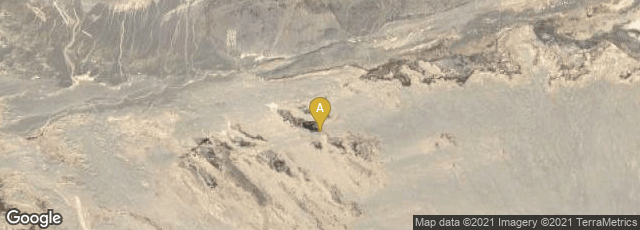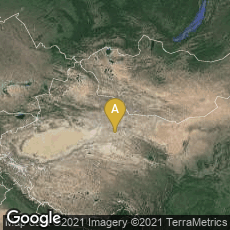

A: China, Dunhuang Shi, Jiuquan Shi
"Letter #3 is written by Miwnay, a Sogdian woman who accompanied her husband to Dunhuang and has now been abandoned there along with her daughter Shayn. She writes to her husband Nanaidhat directly, who has been missing for some time without sending word to his wife. Miwnay’s letter describes her attempts to find assistance among the Sogdians in Dunhuang, giving us a glimpse of the ways in which the diasporic Sogdian communities abroad maintained a network of support for one another (Whitfield 2001, 249). Unfortunately for Miwnay, she is unable to find assistance in this way, and we learn that both Miwnay and her daughter are surviving as servants in a Chinese household.
"The letter begins with politeness and an elaborate proper greeting: “To (my) noble lord (and) husband Nanai-dhat, blessing (and) homage on bended knee, as is offered to the gods.” (Sims-Williams 2004). She goes on to describe the struggle that she faces as a woman left on her own in a foreign city, a situation which has left her begging for help from a series of relatives and acquaintances, none of whom provide her with any assistance. Her predicament demonstrates how difficult it was for a woman alone to take care of herself and her daughter. She concludes the letter with bitterness, abandoning the polite conventions with which she began: “Surely…the gods were angry with me on the day when I did your bidding! I would rather be a dog’s or a pig’s wife than yours!” (Sims-Williams 2004).
"It is important to understand the historical context in which Miwnay’s letter, and all of the ancient letters, were written. This period in the early 4th century was a time of momentous upheavals in the central Chinese government, mentioned in Sogdian Ancient Letter #2 found in the same mailbag. While Miwnay is expressing her anger at having been abandoned by her husband, it is possible that Nanaidhat himself met a worse fate amidst the sacking of Luoyang and Ye, the subsequent famine in Luoyang, and the fighting between Xiongnu and Chinese in this area (Whitfield 2001, 249). This historical document may be revealing not just for what it shows us about Miwnay in Dunhuang, but also for what it tells us about the dangers of silk road travel, and the lack of steady communication between those at home and abroad."